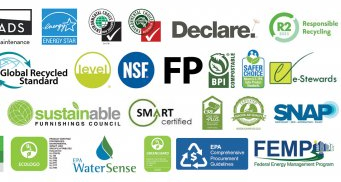Procurement Topics
Select a procurement topic below to learn more.

Acquisition Life Cycle Tools. Visual aid to connect you to tools available at each phase of an acquisition life cycle to assist with promoting sustainable acquisitions.
View diagram
Responsible Business Conduct. Best Practices and resources for promoting workers’ rights and safe working conditions, preventing human trafficking, and addressing other human rights-related risks in procurement.
View topic
Environmental Purchasing Programs. Learn about the statutory purchasing programs and required EPA purchasing programs that apply to federal acquisitions.
View purchasing programs
Federal Requirements. Find laws, federal regulations, and executive orders related to sustainability.
View federal requirements
About the GPC. Find answers to frequently asked questions about the Green Procurement Compilation.
View answers to FAQs